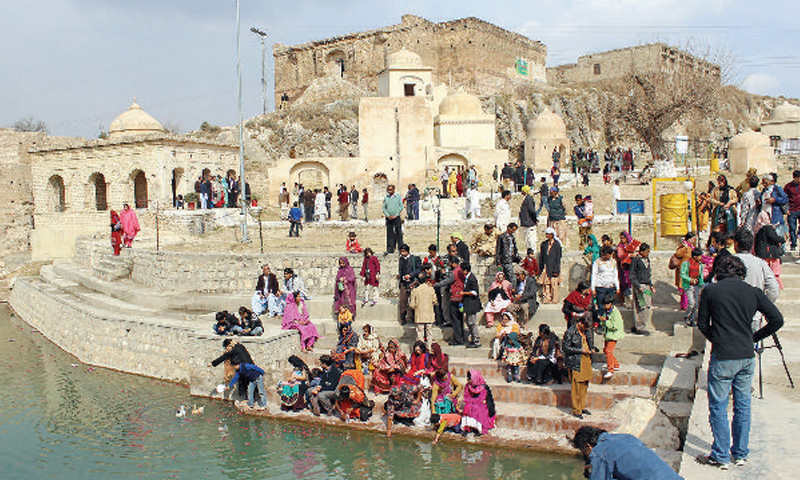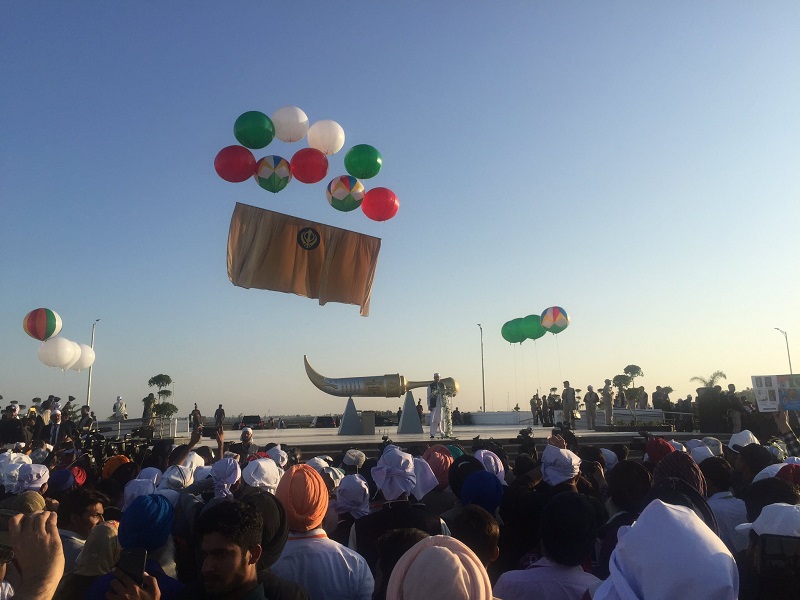Stricken by terrorism, extremism and sectarianism in the past, Pakistan seems to have learnt a lot and much to offer to the World to make it a cradle of peace wherein the people from all creeds and culture may coexist with each other on principles of mutual respect and social justice.
In broader perspective, Pakistan’s recent endeavors for ensuring perpetual peace in the Middle East and Afghanistan remain no longer unveiled as it offered its good offices to broker a peace deal between Saudi Arabia and Iran as well as between the United States and the Afghan Taliban.
But Pakistan didn’t confine itself to the global arena only; rather, it also turned towards the minorities’ plight within the Country and initiated landmark measures which are destined to have a far-reaching impact in the future.

It all began not at the governmental level only but the judiciary and the masses also played their parts as per their capacity i.e. the Supreme Court of Pakistan in November 2018 took a suo moto notice for the Katas Raj Hindu Temple in Chakwal while in September 2019, Muslims escorted Hindus at a Mandir (Temple) in Ghotki after riots broke out in the area over an alleged blasphemy committed by a Hindu teacher.
Though such occurrences were already to some extent unprecedented in a Country marred by religious insecurities and polarization, but the real historic development was the Opening of Kartarpur Corridor.

Fulfilling its promise to the worldwide Sikh Community, Pakistan completed the expansion and renovation work of Gurdwara Dera Sahib in Kartarpur in a record time, and built a four-kilometer Kartarpur Corridor for the Indian Sikh Yatrees (Pilgrims) to visit the Shrine of their Spiritual Leader Baba Guru Nanak Dev Ji in Pakistan without indulging in any visa-related issues.
Along with it, Pakistan also announced to renovate/restore 400 Hindu temples across the Country as the Foreign Minister Shah Mahmood Qureshi spelled out in his speech at the Inaugurating Ceremony of Kartarpur Corridor on November 9, stating that the government had identified 400 temples which would be renovated.
It’s worth noting that a survey by the All-Pakistan Hindu Rights Movement revealed that at the time of partition in 1947, 428 Hindu temples existed in Pakistan but now only 20 remain operational – 11 in Sindh, 4 in Punjab, 3 in Balochistan and 2 in Khyber Pakhtunkhwa. Rest of the temples have now been turned into toy stores, restaurants, government offices and schools.
Taking into account the religious aspirations of the Hindi Community in Pakistan, the government plans to begin the renovation of two to three historic and heritage temples every year.
The restoration process will begin with two historic temples – the 1000-year-old Shivalaya Teja Singh Temple in Sialkot and Gorakhnath Temple in Peshawar.
Tags: Hindu temples in Pakistan, Kartarpur Corridor, temples, minorities,




